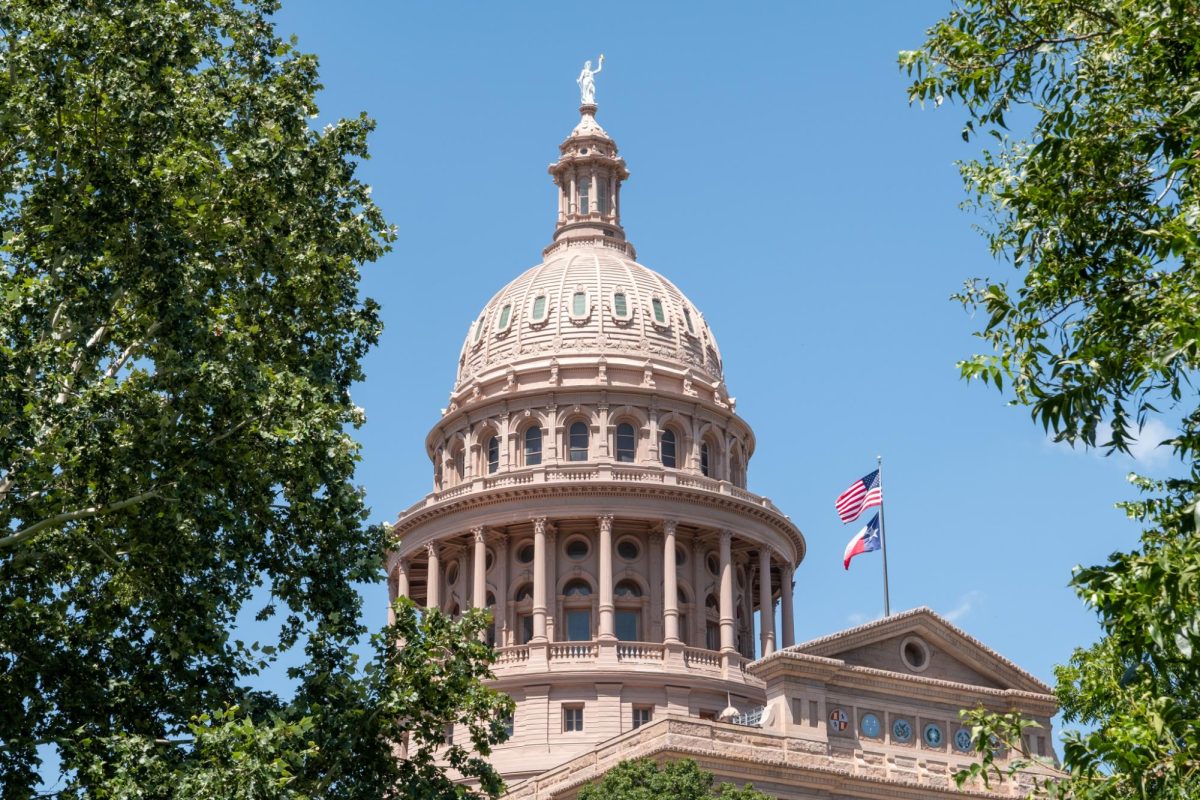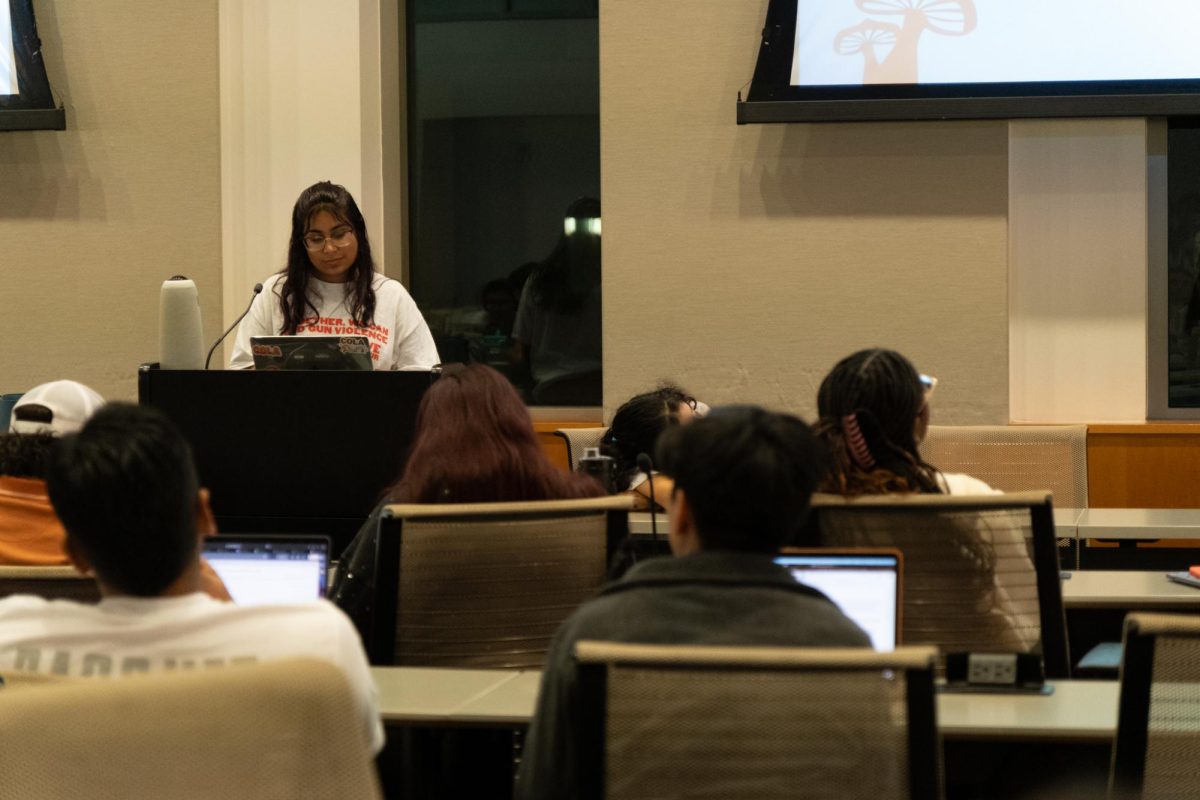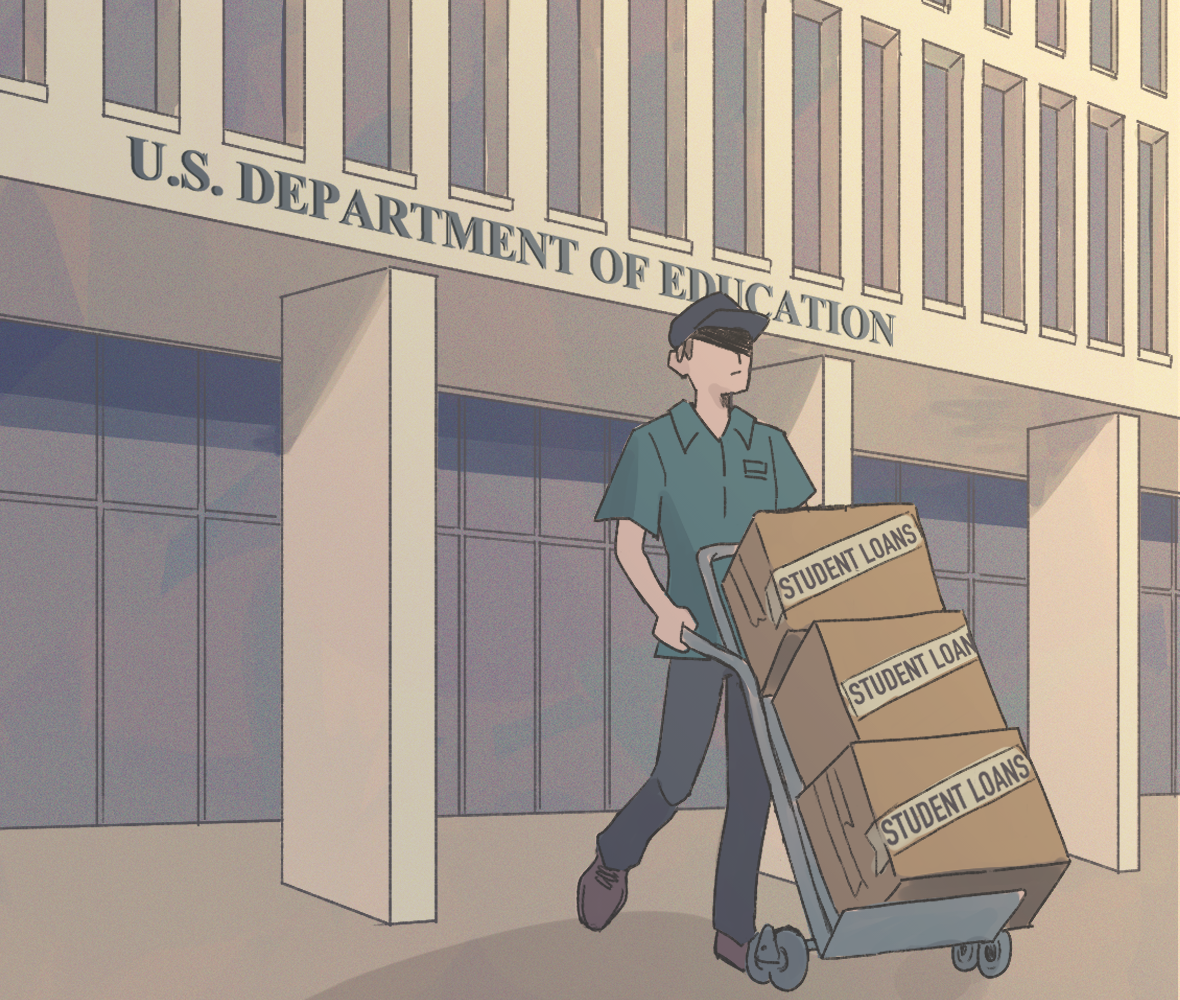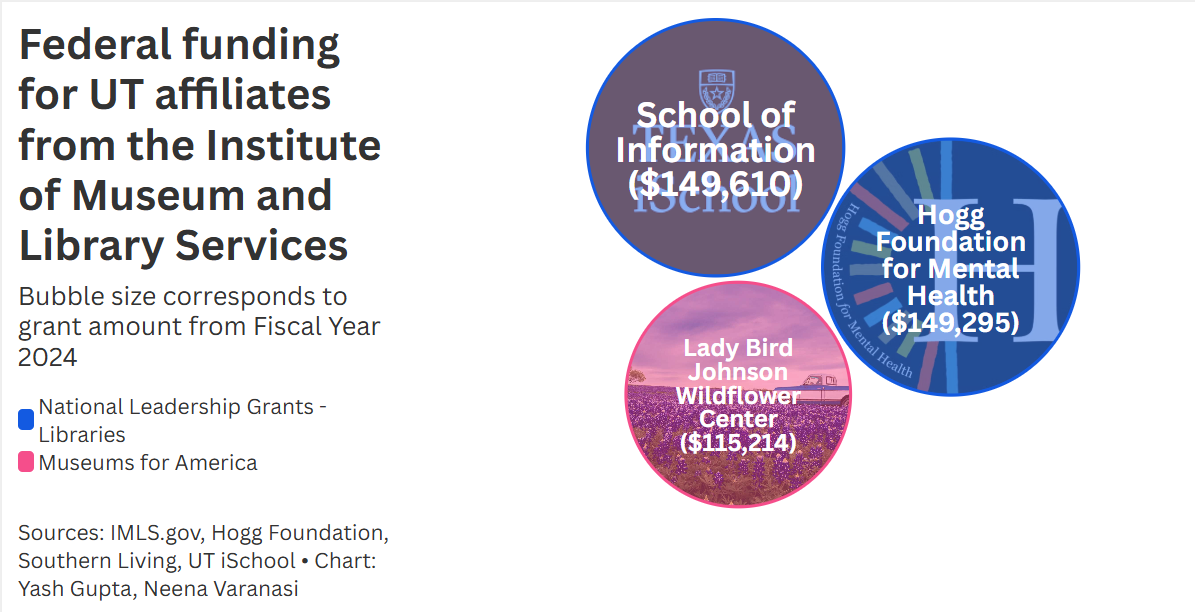The 2025 Presidential Transition Project, launched last year by The Heritage Foundation, aims to prepare for a conservative administration in January 2025. More commonly known as Project 2025, it focuses on four key pillars: a policy agenda, personnel, training and a 180-day playbook.
This initiative, a collaboration among various conservative organizations, seeks to equip a future conservative administration with comprehensive policy recommendations and thoroughly vetted personnel. It has made the rounds across social media, leaving many voters and Democrats tying it to presidential candidate Donald Trump as several of the plan’s architects are former Trump administration officials.
The project builds on a legacy of Heritage Foundation policy proposals that have influenced conservative administrations since Ronald Reagan’s. The Trump administration, for example, adopted nearly two-thirds of previous Heritage proposals in its first year.
Joshua Blank, research director of the Texas Politics Project, said the policy, if implemented, would shrink the role of the federal government and that he anticipates accessing government services might become more challenging.
“(The) general thing that people should expect is for those who interface with government services, whether they be people on Medicare and Medicaid, or people who are eligible for certain programs for low-income individuals — interfacing with the federal government might become more difficult,” Blank said. “For those people who are concerned about climate change, the environment, regulations on manufacturers and corporations, they’re likely to find a federal government that’s far less likely to be sympathetic to their concerns.”
Project 2025, which spans over 900 pages, tackles various issues such as climate change, immigration, the economy, LGBTQ+ rights, education and abortion. Government associate professor Bethany Albertson said understanding the plan requires breaking it down into its components.
For instance, the plan’s climate policy proposes reallocating funds to expand oil drilling and withdrawing from the Paris Climate Agreement. Regarding immigration, it suggests fully funding the border wall, ending the DREAM Act, restricting Deferred Action for Childhood Arrivals, or DACA, adding citizenship questions to the Census and increasing the number of people eligible for deportation.
“We’re in a time of profound change,” Albertson said. “These (policies) are very different visions for how the government should be spending resources, and so if what you care about is related … these are policies that are in flux.”
Government professor Daron Shaw said understanding policy plans from both political parties, such as Project 2025, can be challenging due to candidates’ vague explanations. He said it’s important to closely follow elections and monitor discussions on and off social media to stay informed.
“Elections have consequences, and if people are trying to figure out what would Republican rule look like, or what would Democratic rule look like, then these sort of policy prescriptions from influential think tanks are least interesting,” Shaw said. “(Policy platforms like Project 2025) are interesting statements about where the right is today, and you’ll see some interesting statements about where the left is, and that should help (voters) kind of form their opinions about where they stand.”
Albertson said social media has played a key role in breaking down the plan and increasing voter awareness of its scope. However, she said not to rely solely on platforms such as Instagram and TikTok for information about the policy.
“We can get misinformation in a variety of ways and in conversations with friends and family,” Albertson said. “Finding other sources to check with, I think, is always useful. If you hear about something, and it sounds alarming, it’s worth looking to see if other publications are reporting on it similarly.”




















